The Gift of South Dakota
Subscriptions to South Dakota Magazine make great gifts!
Subscribe today — 1 year (6 issues) is just $29!
Snow Is Coming
Jan 16, 2012
So far in 2011-12 South Dakota hasn't experienced much of a winter. It's coming though. It just has to be. Those of us with cameras will be out attempting to capture nature's beauty under a blanket of white soon, I'm sure. So here are some tips for shooting in the snow.
Light meters in cameras tell us what they feel the "proper" exposure should be for whatever situation we point them at. In the case of white snow, the light meter is going to think everything is too bright and want to darken the scene. Sometimes we need to fool that meter so that our pictures will have white snow, not dingy gray snow. Overexpose by one to two stops and I think you'll like the results better.
If it is snowing while you are shooting or the sky is overcast and white itself, look for subject matter that will stand out from all the whiteness in your scene. A twisted tree trunk, a Custer State Park bison or a bright yellow school bus will make nice contrasty subjects in an otherwise colorless landscape.
Using the rule of thirds — where the picture is divided into thirds horizontally and vertically and the subject placed at one of the intersections of the thirds lines — can make a nice composition.
Look for patterns and textures in snowy scenes. Tree branches, piles of rocks, animal tracks or flocks of geese against the sky all look great with a white background.
On a day when big fluffy flakes are falling experimenting with shutter speeds can be interesting. A high shutter speed will freeze the snowflakes in mid-drop. A slow shutter speed can make long blurry streaks of white against dark evergreen trees or a red barn.
Quite often the best time to shoot a snowy landscape is immediately after a fresh snow. If snow has fallen overnight and the sky clears for sunrise it can be a magical time to be out shooting. As the low angle light sparkles off the flakes that haven't melted or packed down, truly spectacular photos can be made that won't be available later in the day. The colder the temperature the better, unfortunately. That way the individual flakes will keep their shape longer before the sun melts them into just a snow pile.
Snow shots at Mount Rushmore can be especially tricky. Even on a cold day if the sun is out at all the snow on top of the heads begins to melt and drip down, leaving dark streaks. I always watch for predicted night time snow and a bright sunny morning, but make sure I get there very early so I don't see faces with "tears" running down them.
Keeping your camera batteries warm can help them last longer in cold weather. When not shooting, holding your camera or the batteries inside your coat will help. I've heard of some photographers attaching chemical heat packets to their cameras in extreme temperatures, but I've never felt the need myself.
Don’t forget to keep yourself warm as you are out shooting, but have fun when the snow does fall!
Chad Coppess is the senior photographer at the South Dakota Department of Tourism. He lives in Pierre with his wife, Lisa. To view more of his work, visit www.dakotagraph.com.










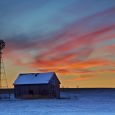
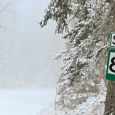
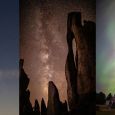
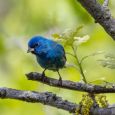
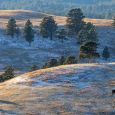
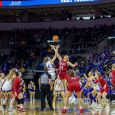


Comments